12 myths about survival that pose a real danger
Categories: Animals | Catastrophes | Health and Medicine | Nature | World
By Pictolic https://pictolic.com/article/12-myths-about-survival-that-pose-a-real-danger.htmlThere is no shortage of advice on how to survive in extreme situations these days. Numerous television shows, movies, specialized forums and special literature diligently provide us with information designed to save lives in the most dangerous moments.
It turns out that not all the tips that we used to consider classics of survival are worth following in real life.
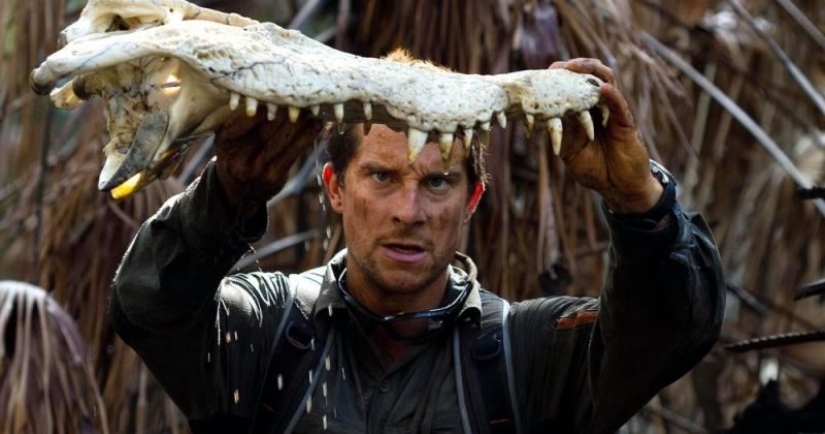
With a snake bite, the venom spreads through the bloodstream at a rapid pace. It is safe to say that the suction of the poison will not affect the picture of poisoning in any way, especially if several minutes have passed since the bite.
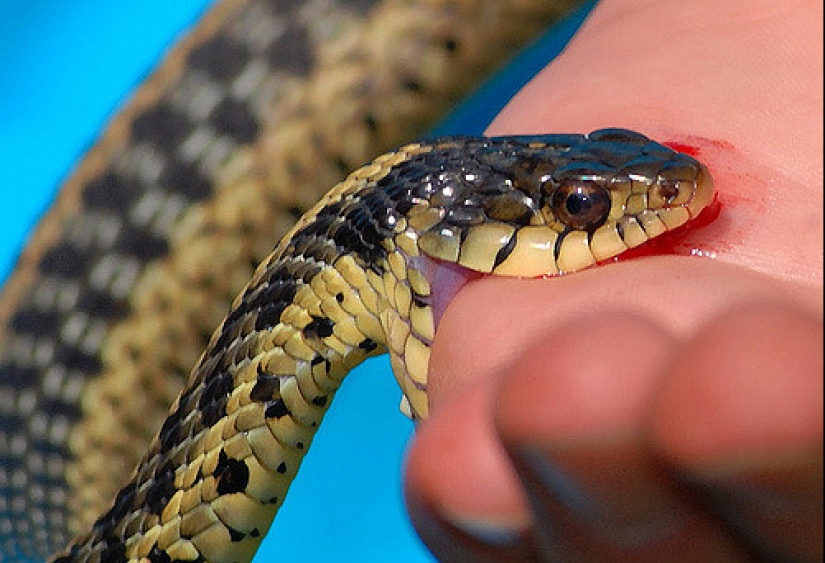
With a snake bite, suction can only endanger the life and health of the person providing assistance if there are injuries in his mouth. An even more ridiculous way to help is to suck the poison to yourself. In this case, the slightest defect on the oral mucosa will only accelerate the spread of the poison.
Many sources claiming maximum reliability of information suggest avoiding the attack of animals by pretending to be dead. In fact, falling to the ground at the sight of a bear, wolf or tiger, you can only aggravate the situation.
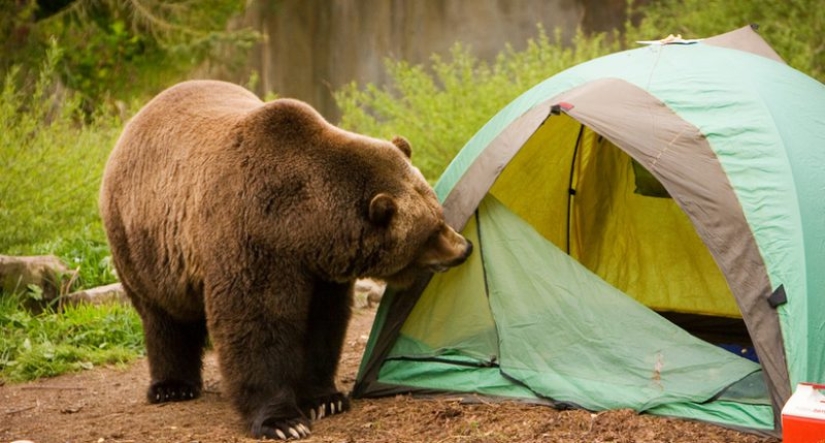
Most predators are by nature very curious and your inappropriate behavior at a meeting will only arouse their keen interest. The animal will most likely want to explore you, and the consequences of such contact can be the most unpredictable. It would be much more correct to just leave without making any sudden movements. An animal rarely treats a person as food and, most often, just wants to scare you.
In most television shows and adventure books, a person who finds himself in the wild immediately begins to look for food so as not to starve to death. In reality, such tactics will only accelerate the sad end. Food in a person's life is not in the first or even in the second place, so it is better to start your salvation not by searching for food.
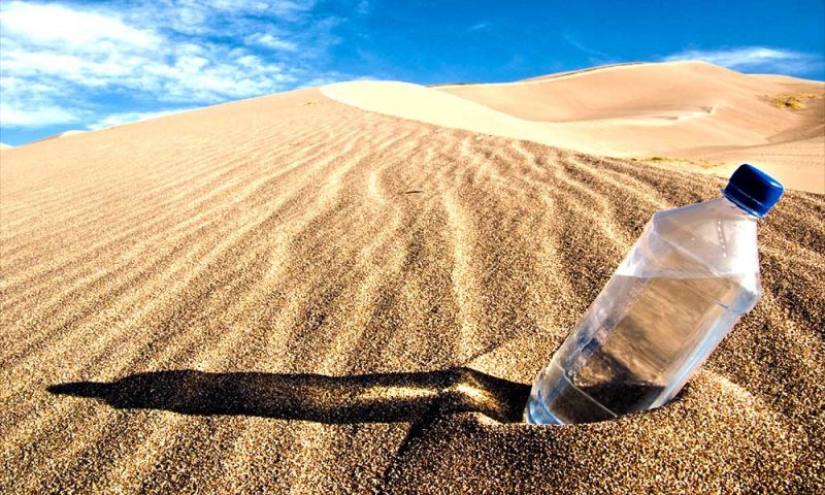
A person can live without food for several weeks, but without water for no more than 3 days. As for cold or heat, they can even kill in a couple of hours. That is why the first thing you need to start looking for drinking water and shelter, where you can escape from natural factors.
Many authors of survival manuals in the wild recommend drinking plant juice to escape from thirst. This is a great way to replenish moisture reserves in the body, but not for a person who has not seen these representatives of flora in the eyes before. You will be surprised when you find out how many deadly poisonous plants are like two drops of water similar to edible ones.
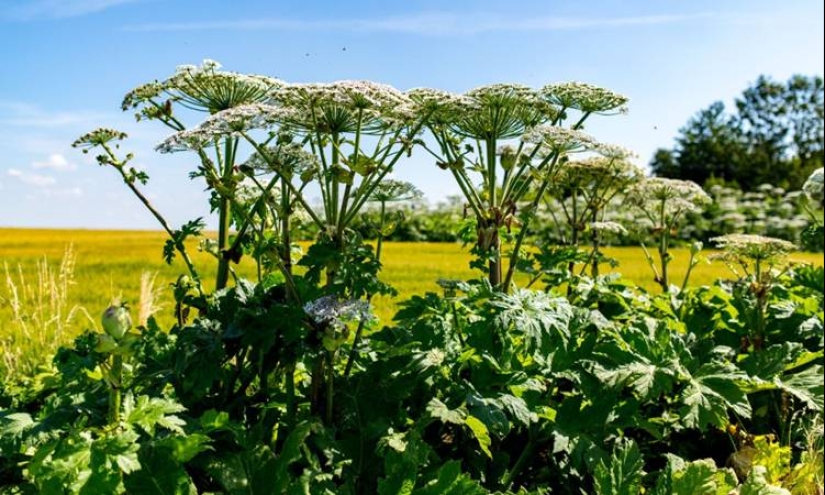
A mistake can cost you dearly. If the juice does not prove to be disastrous for you, it can cause severe poisoning with vomiting and, as a result, dehydration of the body. Well, and then the death from thirst and exhaustion of a helpless person will become a matter of time.
The method of orientation on the terrain, known to everyone since school lessons of natural history, turned out to be an incredibly tenacious myth. It's scary to even imagine how many travelers and distressed wretches got into trouble trying to find moss on rocks and trees and then determine the cardinal directions.
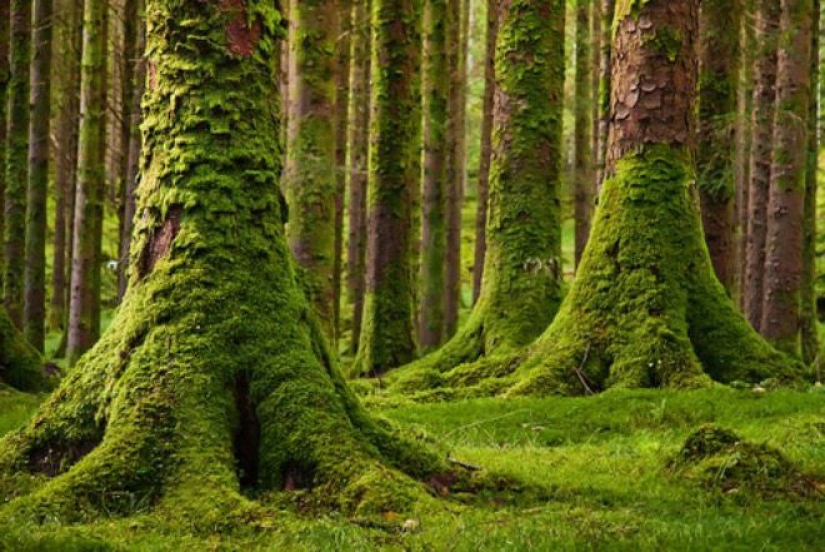
It's time to discover the truth - moss grows not where the north side is, but where the most favorable conditions are created for it. The growth of moss is influenced by humidity, light level, air temperature, but not by the direction. If you spend a little time walking with a compass in the nearest park or forest belt, you will be surprised to learn that there may be much more moss on the south side of the stump than on the north.
The most popular plots of any TV show about survival are those that are associated with eating inedible. What only the participants of the programs do not pull into their mouths to raise their rating. Tree bark, leaves, tubers, insects and even carrion — what you can't do for the show.
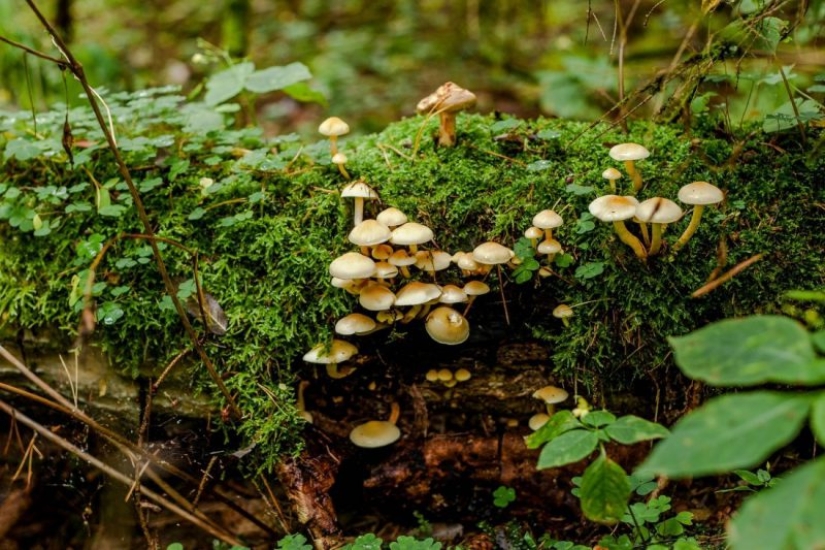
The scariest thing is that some viewers believe in the popular tale that everything that animals eat is suitable for human food. This is a very dangerous misconception that cost many their lives. As an example, many poisonous mushrooms, for example, fly agarics and grebes, are eaten with pleasure by deer and elk. Is it worth talking about what such a "delicacy" of a person can lead to?
Passengers who have survived a shipwreck or plane crash in southern latitudes often become victims of sharks. Today you can hear a lot of different tips on how to defend yourself from ruthless sea predators. Most often you can hear the advice to beat the shark with all your might right in the nose. Allegedly, after such a blow, the fish will be taken aback and leave you alone.

Only people who have never encountered sharks in their native element can give such advice. The area of the snout of this fish, a blow to which can bring her discomfort, is very small, and the shark itself moves in the water with lightning speed. Having missed and hit the shark's body with a fist, a person will get a strong cut of the skin on the skin as hard as a large emery, and blood from wounds will only attract other sharks.
Experts recommend that when a shark attacks, try to place some hard object at hand between themselves and the fish's mouth, and if there is no such thing, then try to damage the predator's eyes or gills - two parts of the body that are actually vulnerable to it.
Before life throws up a difficult situation, no one tries to make a fire by rubbing two sticks. And in vain, because it could get rid of unnecessary and even dangerous illusions. To get fire by friction in the conditions of the forest is not just difficult, but almost impossible.
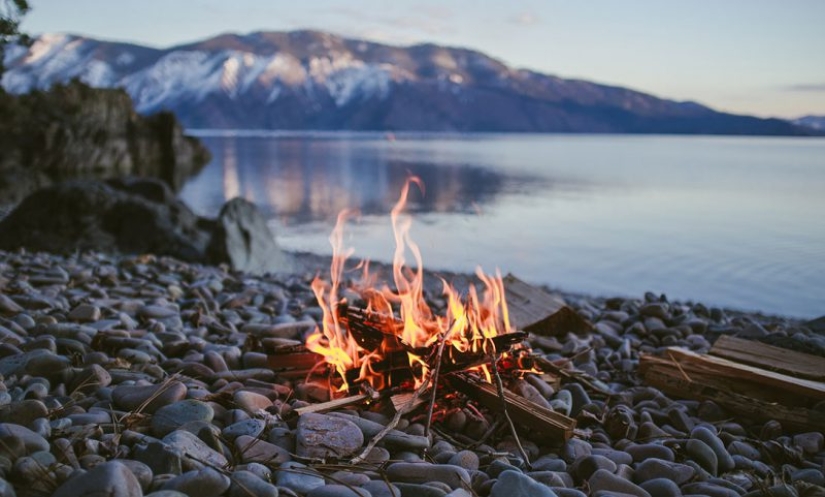
To demonstrate this method, the survivalists from the show use specially prepared sticks and perfectly dried sawdust and moss, which simply cannot be in nature. Therefore, having a supply of matches or a lighter, it is better to rely only on them in the wilderness and vigilantly protect these sources of fire from damage and loss.
Boiling is a great way to kill microorganisms, including those dangerous to humans. But heating water to a boil does not get rid of other contaminants, especially chemical ones. An unknown and unmarked spring found in the forest or in the mountains can be dangerous to health and contain any chemical compounds, including arsenic salts or radioactive substances.
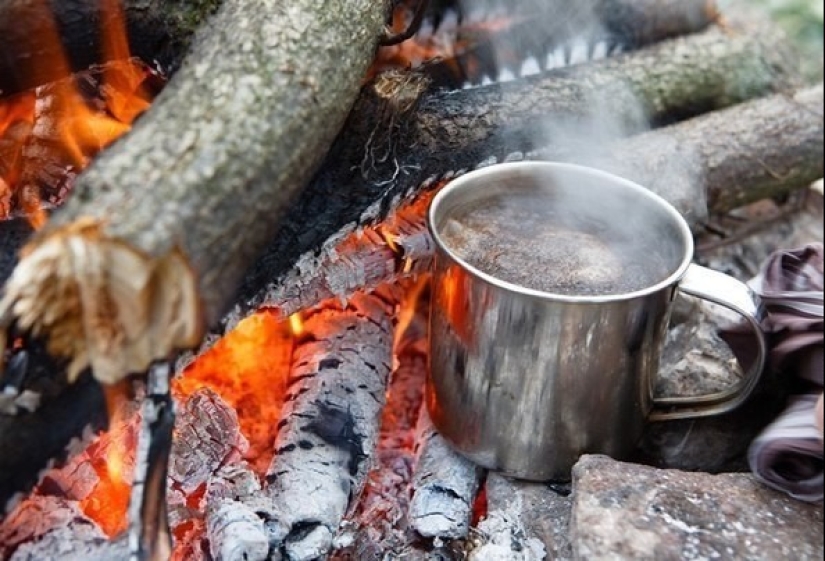
You will not be able to purify such water from chemical impurities, but you should firmly know that water should be taken, if possible, where there are traces of its human use. To make the water a little cleaner, a homemade filter of several layers of fabric will help, through which it must be passed before boiling.
As strange as it sounds, using snow instead of water is a completely bad idea in extreme conditions. The fact is that the body will have to expend a lot of valuable energy to melt snow and turn it into water.
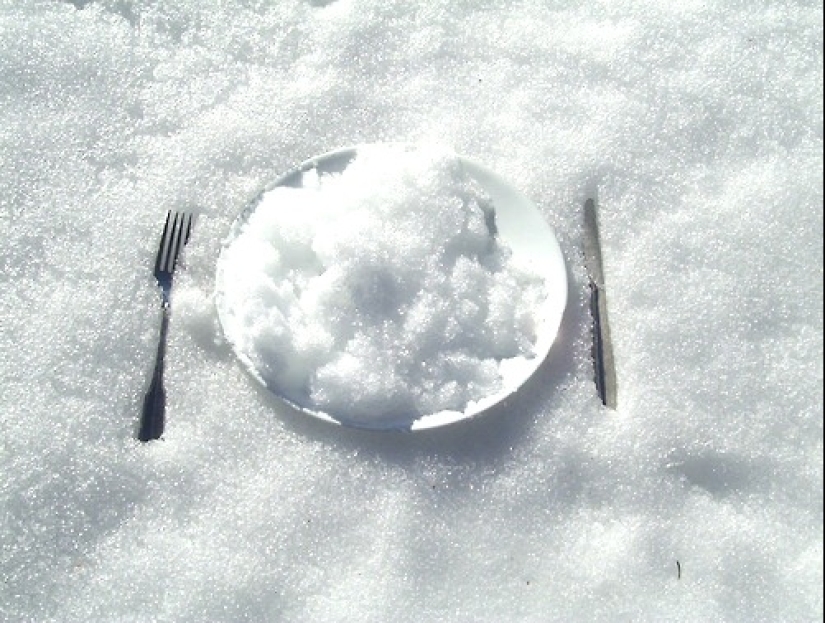
Eating snow is the shortest way to freezing, especially if a person is tired, exhausted or injured. But what if the water around is only in the form of snow? It's simple — you need to melt it before use, if, of course, there is such an opportunity.
This myth is one of the most dangerous and has a lot of victims on its account. Alcohol only causes the illusion of a rush of heat due to the expansion of blood vessels. We pay for this with a much faster loss of heat and, as a result, reduce the chances of survival.
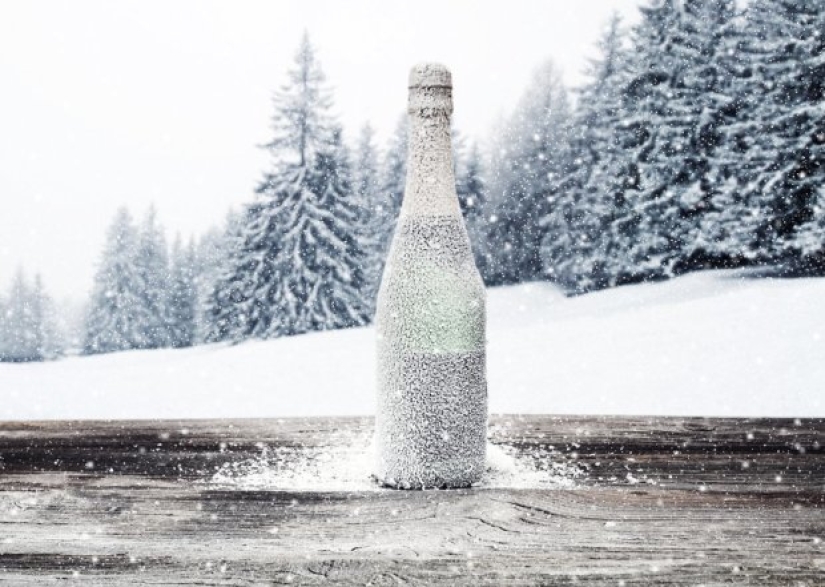
In addition, alcohol dulls the sense of danger and lulls vigilance, which is very dangerous in emergency situations. Therefore, if you find yourself in the woods, mountains or the open sea with a bottle of whiskey or alcohol, it is better to save it for disinfection or making a fire, and keep warm in more effective ways.
Ears, nose, as well as fingers and toes at low temperatures are in the zone of greatest risk. The probability of their frostbite is always very high, but there is always a chance to worsen the situation by inept actions. We have always been taught that rubbing body parts is the best way to warm them up. But in practice, such actions will lead to even sadder consequences.
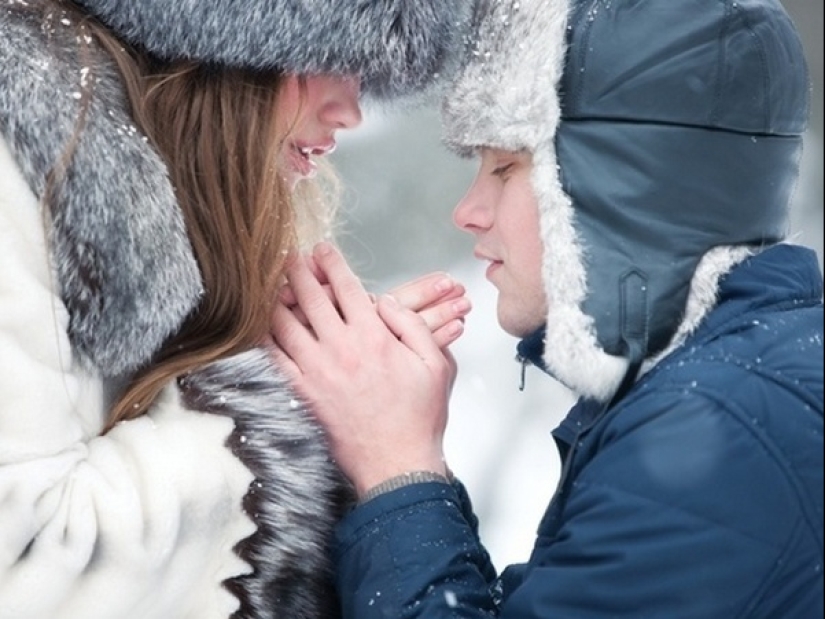
Rubbing frozen tissues leads to their damage, but does not contribute to warming in any way. In the cold, the best way to warm the frozen parts of the body is to wrap them in a warm cloth and cover them with bottles of warm, but by no means hot water.
We have given just a few examples of delusions that are dangerous for survival. In fact, there are hundreds of such myths, and in the Internet era they are multiplying faster than ever. On the web, nonsense generally spreads like lightning and almost always finds fertile ground.
Keywords: Survival | Delusion | Forest | Myths | Food | Plants | Predators | Cold
Post News ArticleRecent articles

Ready to let out your wildest fantasies? View that creates American digital artist Konzhe Marcus (Marcus Conge), which connects the ...

Tatiana Gavrilova, better known by her creative pseudonym TanikoGa— is a Russian artist from Shlisselburg who loves cats and ...
Related articles

Let this post serve as another reminder that we are all mortal, and our bodies are just mortal sacks of meat and bones. Of course, ...

The siege of Leningrad is one of the most terrible pages in the history of the city. The harsh winter of 1941-1942 completed what ...

The forest often seems to be something eerie and mysterious. No wonder the world's folklore is full of stories about how poor ...

Among the indigenous people of New Zealand, the Maori, tattoos were an integral part of their culture. All representatives of this ...